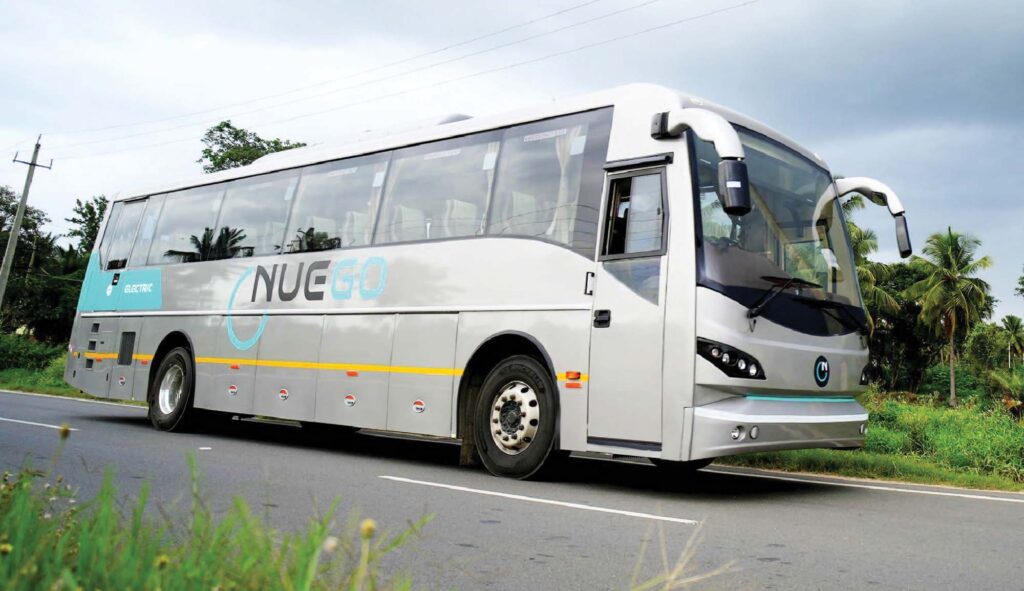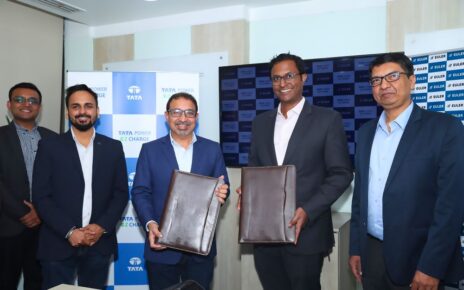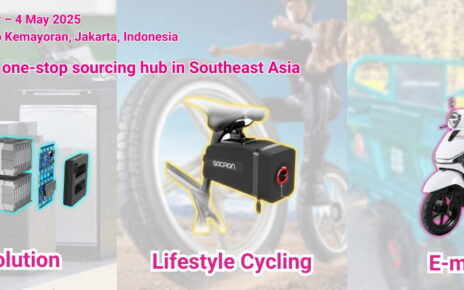Counterparty risk, charging infra key hurdles; policy measures supportive
The share of electric buses (e-buses) in new bus sales in India is set to double to ~8% next fiscal from ~4%1 last fiscal, driven by two factors.

The first is the central government’s focus on decarbonising the public transport sector. Efforts are underway to deploy e-buses via tenders already awarded under the Faster Adoption and Manufacturing of (Hybrid and) Electric Vehicles, or FAME, scheme and the National Electric Bus Programme (NEBP)2.
The second is the favourable total cost of ownership (TCO) of an e-bus compared with internal combustion engine (ICE) and compressed natural gas (CNG) buses, driven by lower operating cost and reducing initial acquisition cost.
Under the FAME and NEBP programmes, launched in 2015 and 2022, respectively, state transportation units (STUs) initiated e-bus procurement through two models: gross cost contract (GCC)3 and outright purchase. As many as 5,760 of these e-buses have been delivered till date, and 10,000 will be deployed in this and the next fiscal.
Favourable contracting terms under the GCC model, such as assured rentals, fee revision linked to inflation, and absence of traffic risk have aided the e-bus adoption thus far.
Says Sushant Sarode, Director, CRISIL Ratings, “Growth in e-buses is also supported by favourable ownership economics. TCO for e-bus is estimated to be ~15-20% lower than ICE and CNG bus, over an estimated life span of 15 years4 with breakeven in 6-7 years. Though the initial acquisition cost of e-bus is twice that of an ICE or CNG bus, it is expected to reduce on account of improving operational efficiency of original equipment manufacturers (OEMs) with increasing scale and localisation and decreasing battery costs.”

However, a few adoption-related challenges loom. The first is a high counterparty risk as the financial flexibility of STUs remains constrained, leading to elongated debtor cycle that turns lenders wary of financing e-bus projects. The second is inadequate battery charging infrastructure, which is critical in intercity bus operations.
Says Pallavi Singh, Team Leader, CRISIL Ratings, “The recently announced PM-eBus5 Sewa Scheme rightly aims to address issues related to payment security mechanism6 (PSM), including setting up of a payment security fund that will facilitate timely payments to the operators in case of delays by STUs and creating battery charging infrastructure, and should give a fillip to e-bus adoption.”
As per the proposed scheme, the government is working on the modalities of setting up a PSM to facilitate receivables’ security to OEMs in case an STU delays or fails to make timely payments. Adoption of this scheme by state counterparties will be critical to drive up e-bus penetration.
So far, e-bus sales have been largely driven by government initiatives targeted towards public transport sector. Adoption in private sector remains low. Thus, development of a policy framework aimed at increasing participation of the private sector, which accounts for about 90% of the bus fleet in the country, will also be critical to speed up penetration of e-buses.
In the road ahead, policy changes, evolution of battery technology, and implementation of a payment security mechanism will bear watching.
1 As per VAHAN data as on December 1, 2023.
2 NEBP has a target of 100,000 e-buses plying on Indian roads by 2030 as part of government’s move to decarbonise the transport sector
3 The bus operator is responsible for procurement, operation and maintenance of buses throughout the contract period against the assured kilometre-wise payment by STUs
4 Considering an average run rate of 250 km per day at 330 days a year; battery range of 250-260 kwh
5 Under the PM-eBus Seva Scheme, 10,000 e-buses to be deployed in 169 cities and charging infrastructure to be upgraded in 181 cities
6 As per the details sourced from the first request for proposal floated under the PM-eBus Sewa as on September-2023




